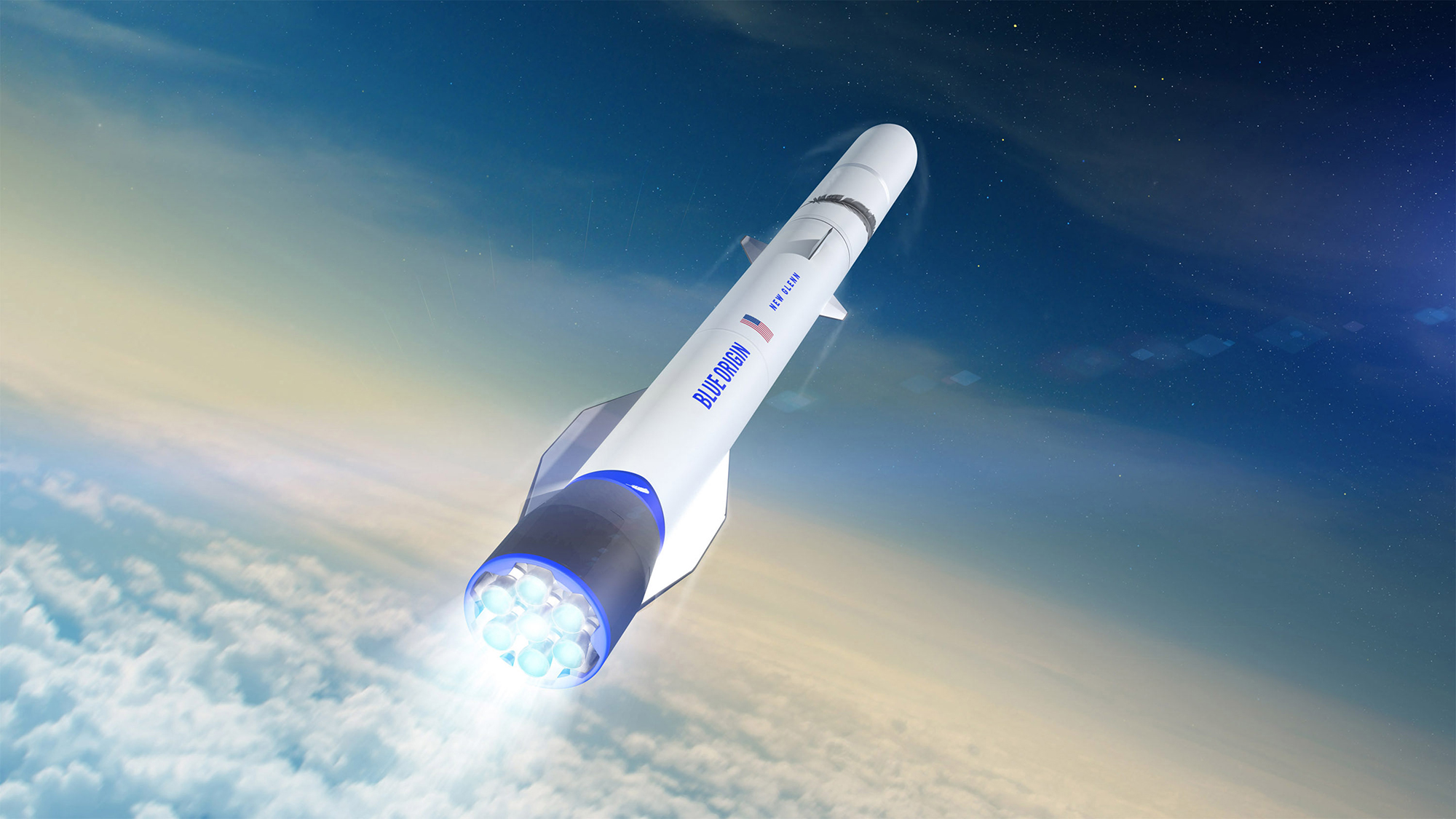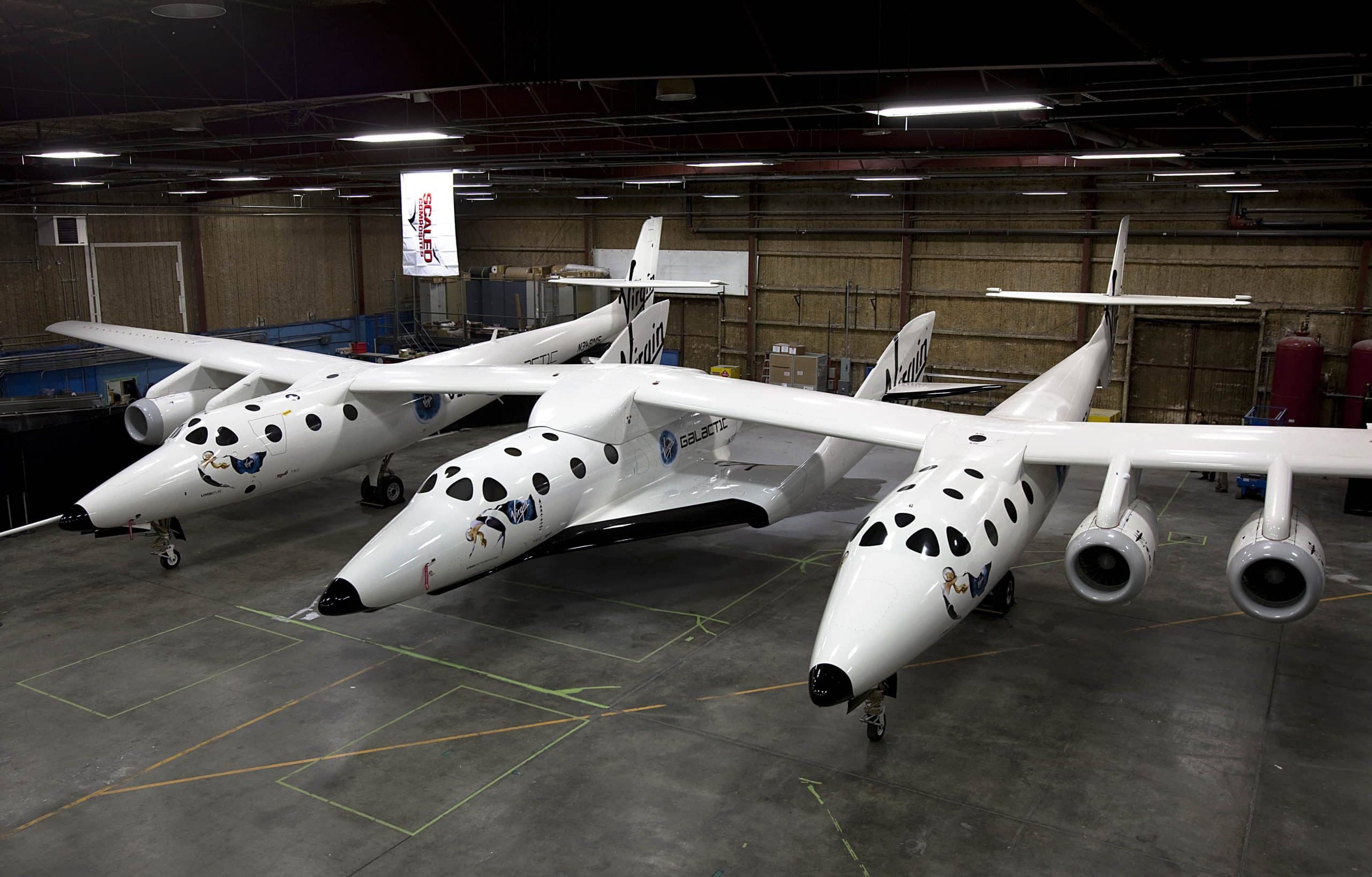
In the 20th century space exploration and research was reserved for the governments of first world countries. It was simply too expensive and unprofitable for private companies to succeed on their own.
In the 1960s, NASA spending was astronomical as the US sprinted to reach the moon before the USSR in the famous cold war space race. In 1967, it reached a whopping $53 billion (including inflation), which was 4.41% of the entire national budget.

The Early Days of the Private Space Sector
While NASA did much of the most important research and development for spacecrafts and satellites in the 60s, it has almost always worked with private companies to assist to some extent.

It wasn’t until 1962, however, when the first object completely designed by a private company was launched into space: the Telstar 1 satellite. The satellite was still launched into space with a NASA rocket as it was illegal for anyone else to launch satellites into space.
Eventually, the US government realized how important private satellite companies could be and removed this rule along with sweeping deregulation in 1984. In 1990 Congress went even farther, passing a law that forced NASA to use private companies for their launches whenever possible.
This legislation would birth the now billion-dollar rocket industry led by Boeing, Lockheed Martin, and SpaceX that sells its services to NASA.
The Billionaire Side-Project Private Space Company Phenomenon
Perhaps the most famous private space companies, aside from Elon Musk’s SpaceX and other NASA contractors like Boeing and Lockheed Martin, focus on space tourism.
The very first instance of private space tourism came surprisingly early in 2004. The privately developed SpaceShipOne reached the lower bound of space, about 100 kilometers from the Earth.
The craft had a multitude of serious issues but it was so impressive that billionaire Richard Branson’s Virgin Galactic bought the technology. Virgin Galactic has since developed much more advanced space planes that can bring (rich) tourists to the edge of space.
The founder of Amazon and one of the richest people on the planet, Jeff Bezos, threw his hat in the space tourism ring even earlier in 2000 with Blue Origin. Blue Origin contracts with NASA but it also is working on commercial space tourism.
Blue Origin may have been founded before SpaceShipOne made its successful flight in 2004 but little is known about its early years. Its first successful launch to the edge of space didn’t take place until 2006.
Both Virgin Galactic and Blue Origin have been working through the many severe issues that cropped up in their rocket technology over the past 17+ years.

Virgin Galactic says that it has solved an issue that was keeping it from further launches and expects to start commercial flights in late June.
Blue Origin, on the other hand, is still working on an issue it encountered in its last uncrewed mission in September 2022. It expects to resume launches sometime in 2023.
The Rise of Private Space Startups
Private space companies are limited to rocket engine makers selling to NASA or billionaire side-projects either. Even startups like iSpace and Vast now have the resources and technology to launch incredible space projects.
iSpace recently launched a moon lander that would be the first private lander on the moon. Unfortunately, the lander malfunctioned right as it was about to land safely on the surface of the moon and it seems to have crashed
Popular YouTuber Scott Manley made a video explaining the fascinating problem that caused the crash.
Vast is looking to build a new space station and has extremely ambitious plans for a spinning station that creates artificial gravity.
NASA is looking to the private sector for the replacement of the International Space Station (ISS), which will likely be defunct by 2030. The development of the ISS burned over $150 billion dollars, most of which was covered by NASA but other countries contributed.
When the ISS was built and launched in the 90s and 2000s, the idea that a private company could build such a marvel of technology without tremendous government funding was laughable.
Now, the idea of NASA and similar agencies from cooperating governments building it by themselves is almost as silly.
Related Articles:
- Best Tech Stocks to Watch in 2023 – How to Buy Tech Stocks
- NASA Pays 5-50 Times More Than Private Sector For Similar Rocket Engines
- Jeff Bezos’ Blue Origin Lands $3.4 Billion Contract With Nasa to Build Second Moon Lander
What's the Best Crypto to Buy Now?
- B2C Listed the Top Rated Cryptocurrencies for 2023
- Get Early Access to Presales & Private Sales
- KYC Verified & Audited, Public Teams
- Most Voted for Tokens on CoinSniper
- Upcoming Listings on Exchanges, NFT Drops